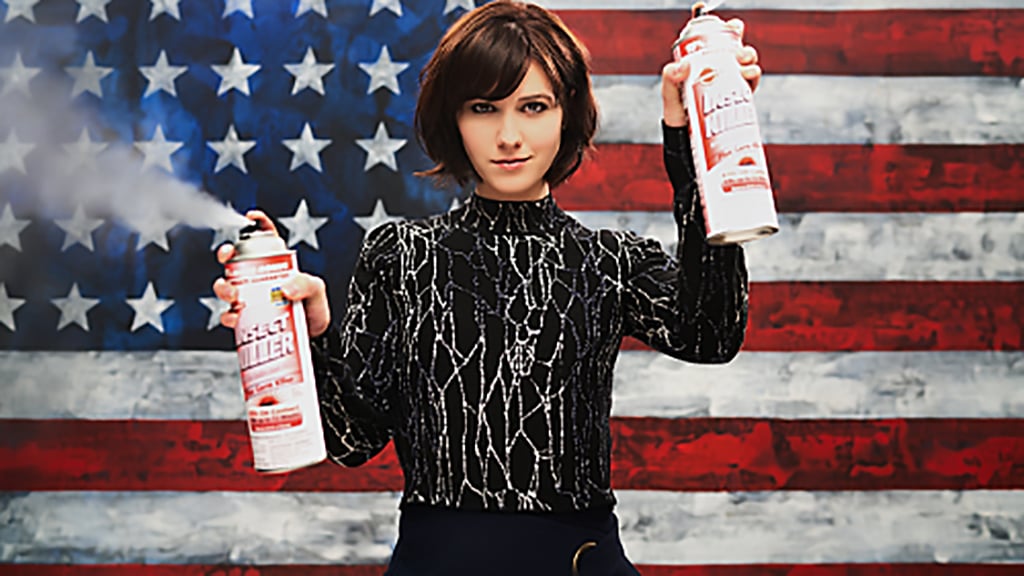When Britain’s Prince Andrew arrived in Washington this fall to open a working whiskey distillery at Mount Vernon—the nation’s first president was one of the nation’s important whiskey distillers—one of his first stops was a Scotch tasting at the house of British ambassador David Manning.
As guests packed in to swirl and sip the whisky—Scotch whisky, unlike Irish and American whiskey, lacks the “e”—it was easy to see why Scots call whisky their country’s ambassador.
Because of the importance of the drink to Scotland’s identity, the rules are strict: For a drink to be called Scotch, it must be produced, barreled, and then aged in oak barrels in Scotland for at least three years.
The dominant form of Scotch has been blended whiskies like Dewar’s White Label and Johnnie Walker Black, which meld dozens and sometimes hundreds of whiskies into a smooth taste. Now, while blended Scotch drinking is falling, there’s been a surge of single malts.
Scotch begins as barley-based beer, boiled in copper stills into a clear spirit of about 60 percent alcohol called “new make,” which is then placed into used American bourbon barrels or sherry butts. The liquor’s dark golden color comes from the wood of the barrels. Distilleries have begun experimenting with “finishing” it for six or more months in a different kind of barrel.
Glenmorangie now offers Scotches influenced by burgundy, port, sherry, and Madeira. A new limited-edition Scotch finished in Bordeaux barrels from the famed Château Margaux runs north of $400 a bottle.
Once in barrels, the Scotch is carted off to old stone warehouses, where it’ll sit, sometimes for decades. As the Scotch ages, it mellows and grows more complex—which is why a 12-year-old whisky can be almost abrasive without a few drops of water to soften it.
There are four regions of Scotch: Islay, Highlands, Lowlands, and Speyside whiskies. Most of the nation’s 90 distilleries are tiny operations employing fewer than ten workers.
Islay, a wild island sandwiched between Scotland and Ireland, produces the nation’s most flavorful and aromatic scotches. Filled with smoke and peat, the island’s spirits taste like standing downwind of a barbecue. Laphroaig, which smokes its barley in peat before drying it, thereby imparting a strong smoky flavor, is most representative of the island’s unique taste.
The Scottish Highlands and Speyside region are known for the more mild Scotches—it’s here that Dewar’s basically invented the modern blended whisky.
Glenlivet, the best-selling single-malt whisky in the United States, is known for its hints of pineapple—unique among the single malts. Scotch distillers call their trade a “black art” because no one knows exactly where a whisky’s taste comes from. Glenlivet’s could be from the spring water or the shape of the stills—Glenlivet’s taller, narrower stills supposedly provide a sweeter, lighter flavor.
Scotland’s northernmost distillery, Highland Park, lies on the barren island of Orkney, where salt air permeates everything. It sits about 12 degrees latitude north of Moscow.
Highland Park’s whisky is some of the nation’s finest offerings. Its 18-year-old was named the world’s best spirit by F. Paul Pacult, whom Forbes calls America’s foremost expert on distilled spirits.
Five to Try
Ready to move beyond Johnnie Walker Red and Glenlivet to experience the breadth of Scotch single-malt whisky? Here are five more adventurous Scotches we recommend:
Lagavulin 16-year-old—From Islay, it’s delicious, smoky, and full of peat. It pairs particularly well with cigars because of its strength.
Highland Park 18-year-old—Rich and smooth with a deep amber color, full of honey with some caramel and salt.
Glenmorangie Sherry Finish—Hints of maple, toffee, and nuts fill this 12-year-old. Perfect for a lingering after-dinner sipping session with dessert or cheese.
Old Pulteney 21-year-old—Hints of fruits and vanilla and just a touch of the sea in the finish of this Scotch from the old herring port of Wick.
Ardbeg’s Uigeadail—So thick and flavorful, it’s almost chewy. This Islay whisky, its fans say, has an aftertaste measured in nuclear half-lifes. Add a few drops of water to open it up.

















